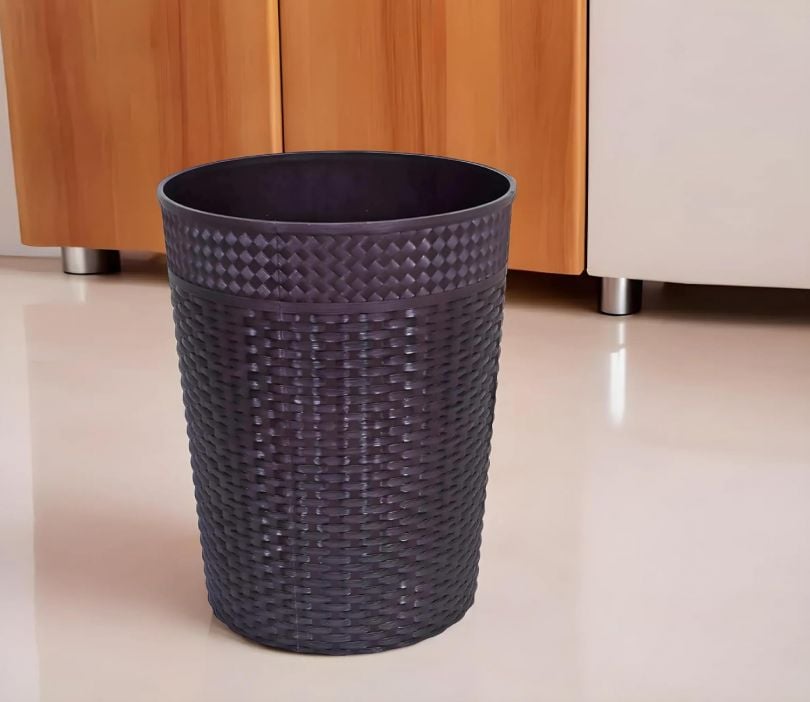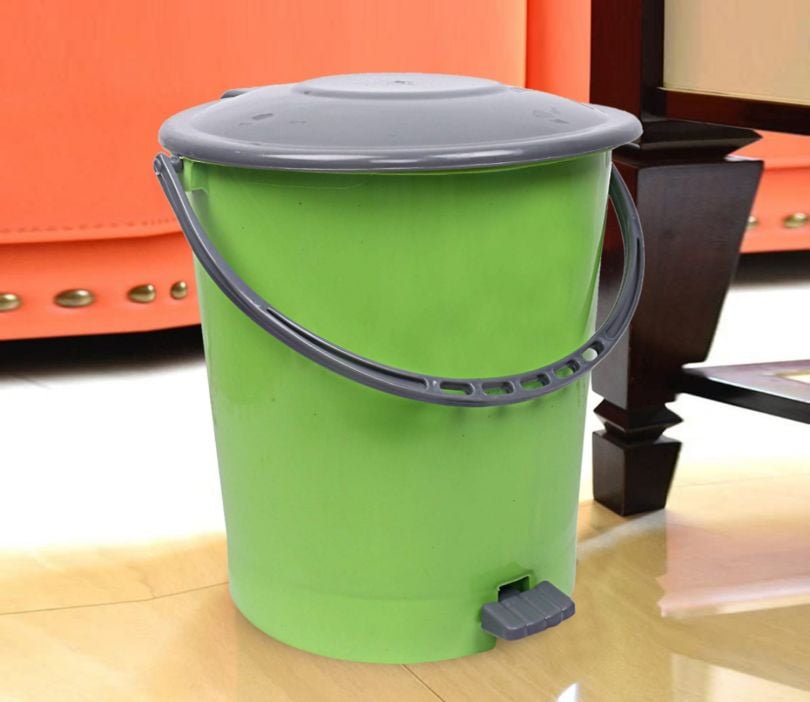Keeping a home clean and hygienic goes beyond regular cleaning; effective waste management is a key factor. One of the simplest yet most impactful steps you can take is to use multiple dustbins for segregating waste in your home. In this article, we will explore why having more than one dustbin is essential, how to select the right dustbin for different rooms, and tips for maintaining a clean, organized, and eco-friendly living space.
Why Segregate Waste at Home?
Waste segregation is the process of separating waste into categories such as biodegradable, recyclable, and non-recyclable. This practice makes recycling easier and reduces the amount of waste that ends up in landfills, helping the environment.
By having multiple dustbins, you create a straightforward system for sorting waste at the source. This not only promotes better hygiene but also supports sustainable living by encouraging proper disposal and recycling.
Benefits of Multiple Dustbin
1. Improved Hygiene and Cleanliness
Having dedicated dustbins for different types of waste prevents cross-contamination. For example, a separate dustbin for kitchen waste can contain food scraps that might otherwise cause odors or attract pests if mixed with other trash.
2. Simplified Waste Disposal
Sorting waste at home saves time and effort during disposal. You can quickly identify recyclable materials, compostable waste, and general garbage without sorting through mixed trash later.
3. Environmental Responsibility
Segregating waste correctly supports recycling programs and composting, reducing your household’s carbon footprint. This small act contributes to a larger positive environmental impact.
4. Convenience and Organization
Using multiple dustbins helps keep different rooms neat. A dustbin for the bedroom or study area can contain paper and dry waste, while a dustbin for the kitchen handles food waste. This keeps odors and mess contained.
Choosing the Right Dustbin for Your Home
Dustbin for Kitchen

The kitchen generates the most waste and often requires a larger, sturdy dustbin. A steel dustbin is an excellent choice for the kitchen because it is durable, odor-resistant, and easy to clean. Look for a dustbin with a tight-fitting lid and possibly a foot pedal for hands-free operation.
Dustbin for Bedroom and Living Room
In bedrooms and living rooms, smaller and more discreet dustbins work best. A small dustbins for bedroom or dustbins for room should be lightweight, easy to empty, and stylish enough to blend with your decor. Plastic or metal dustbins with lids help keep these areas tidy and odor-free.
Dustbin for Bathroom
Bathrooms need compact and moisture-resistant dustbins. A plastic dustbins bucket with a lid works well here, ensuring hygiene and ease of cleaning.
Dustbin for Home Office or Study
For home offices, consider dustbins designed to hold paper waste and dry trash. They should be easy to access and have a clean design.
Where to Buy Dustbins?
Thanks to the rise of e-commerce, buying a dustbin online is convenient and offers a wide variety of options. You can compare dustbin prices, materials, and sizes to find what suits your home best.
Tips for Maintaining Your Dustbin
- Regular Cleaning: Clean dustbin weekly to prevent odor and bacteria buildup.
- Use Liners: Use dustbins liners or bags to make waste disposal easier and keep the bin clean.
- Place Strategically: Keep dustbins in locations convenient to the type of waste generated in that area.
- Label Dustbins: If you have multiple bins for segregation, label them to avoid confusion.
Conclusion
Using multiple dustbins at home is a practical and responsible way to manage waste. It simplifies segregation, promotes hygiene, and supports environmental sustainability. Whether it’s a large steel dustbins for the kitchen or a small dustbins for bedroom, choosing the right bins for every area helps keep your home clean and organized. Start your segregation journey today and make waste management an effortless part of your daily routine.



